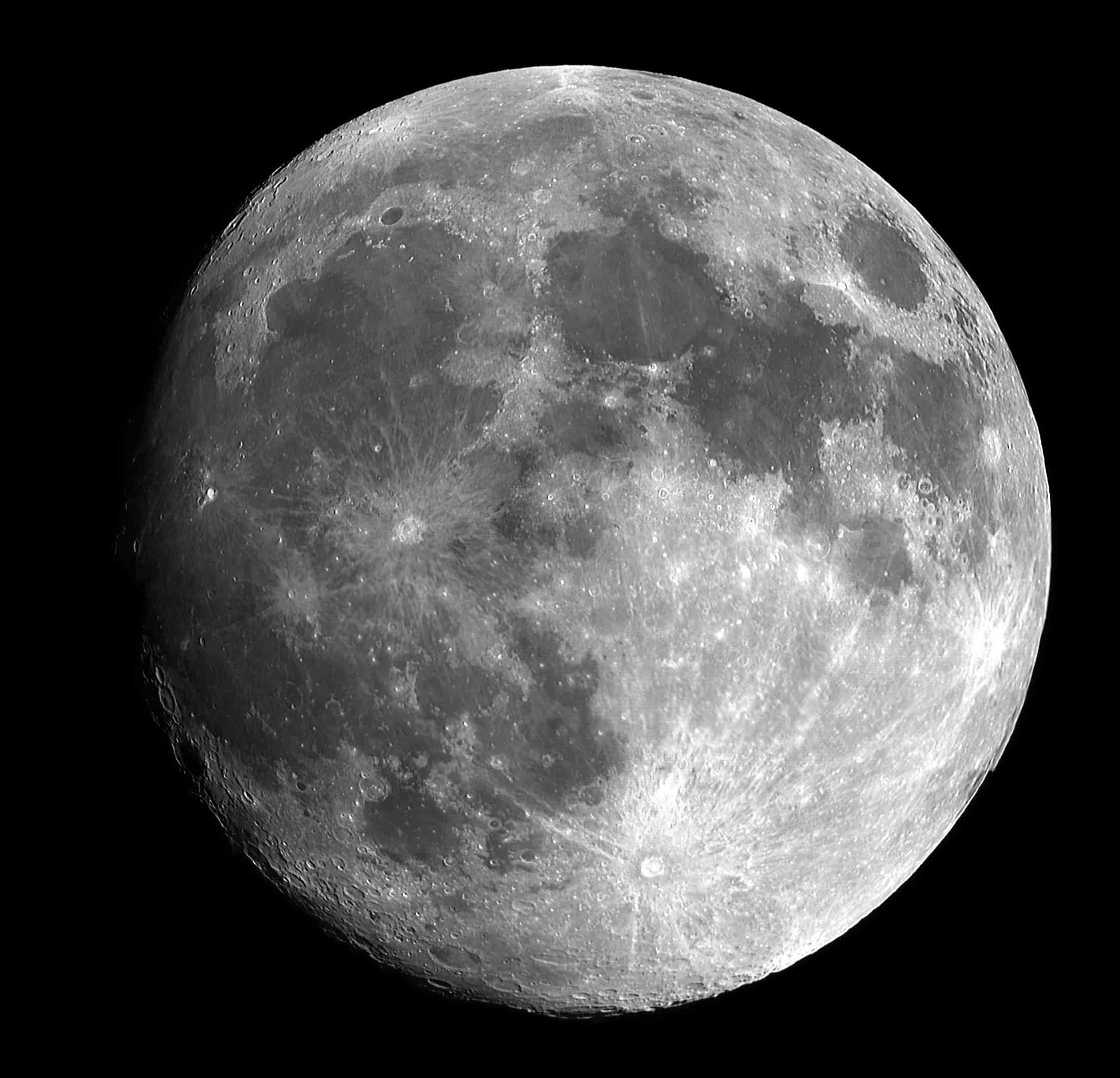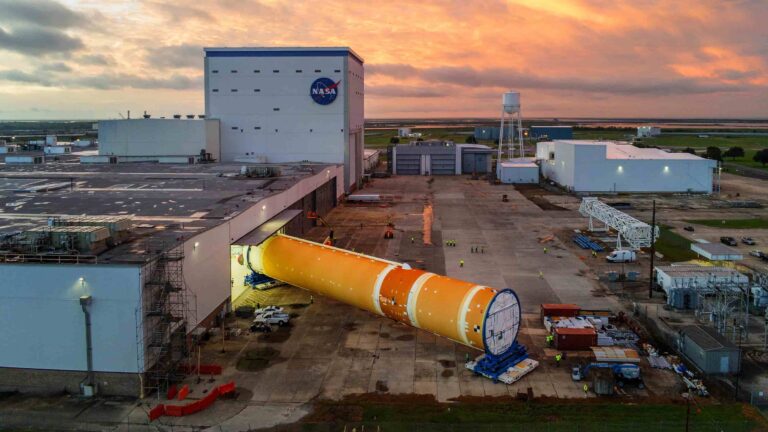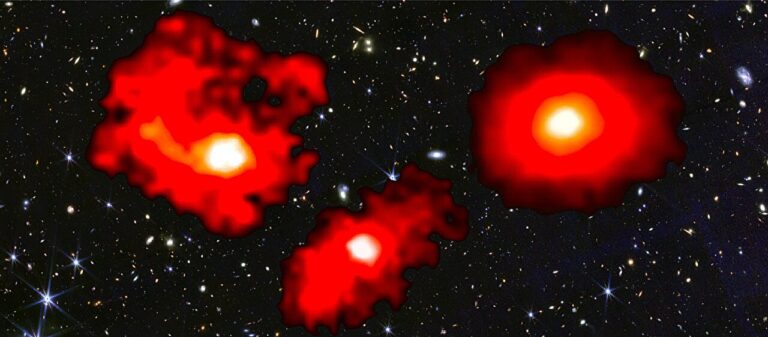Researchers Unveil First-Ever Analysis of Moon’s Far Side Samples
In a groundbreaking development, researchers have shared the first scientific insights into samples brought back from the Moon’s far side by China’s Chang’e-6 mission. This mission, which returned nearly two kilograms of lunar soil to Earth in June, has provided a wealth of new information about the Moon’s volcanic history spanning billions of years. The findings have been published in separate papers in Science and Nature on November 15.
A Glimpse into the Moon’s Far Side
The samples were collected by the Chang’e-6 mission, which landed in the South Pole–Aitken Basin, one of the Moon’s oldest and largest craters. This basin, formed approximately 4 billion years ago by a massive meteor impact, has long been of interest to scientists due to its potential to reveal insights into the Moon’s early history.
Detailed Analysis Reveals Longstanding Volcanic Activity
Qiu-Li Li, a researcher at the Chinese Academy of Sciences in Beijing and co-author of the Nature paper, explained the significance of the findings. “We can now tell the story of a long history of volcanism and different mantle sources on the lunar far side,” she stated. The analysis revealed that the lunar soil contains a diverse mixture of grains from various geological epochs, offering a comprehensive view of the Moon’s volcanic activity.
Understanding the Composition of Lunar Dust
The researchers found that the lunar dust, ranging from one to hundreds of micrometres in size, is a composite of materials from different periods. Yi-Gang Xu, a co-author of the Science paper and a petrologist at the Chinese Academy of Sciences in Guangzhou, explained that the constant bombardment by micrometeorites and high-energy solar particles breaks down rocks into dust. This dust can then travel and settle in different areas without atmospheric interference.
Dating the Volcanic Activity
Xu and his team used isotope abundance measurements to date the volcanic activity. They discovered that some of the dust grains originated from lava that erupted approximately 2.83 billion years ago. The Nature team’s findings were largely consistent, but they also identified lava grains dating back as far as 4.2 billion years. These findings highlight the prolonged volcanic activity on the Moon, which continued for billions of years before the Moon became the relatively inactive body we observe today.
Implications for Lunar Studies
These findings provide crucial insights into the Moon’s geological history and the processes that shaped its surface. By understanding the volcanic activity on the Moon’s far side, scientists can better comprehend the Moon’s evolution and its role in the broader context of solar system history.
Collaborative Effort
The success of the Chang’e-6 mission and the subsequent analysis of the samples highlight the importance of international collaboration in space exploration. The detailed scientific studies published in Science and Nature represent a significant step forward in our understanding of the Moon and its dynamic past.
In conclusion, the samples collected by Chang’e-6 offer a fascinating glimpse into the Moon’s volcanic history, providing scientists with valuable data to piece together the Moon’s long and complex geological story.






